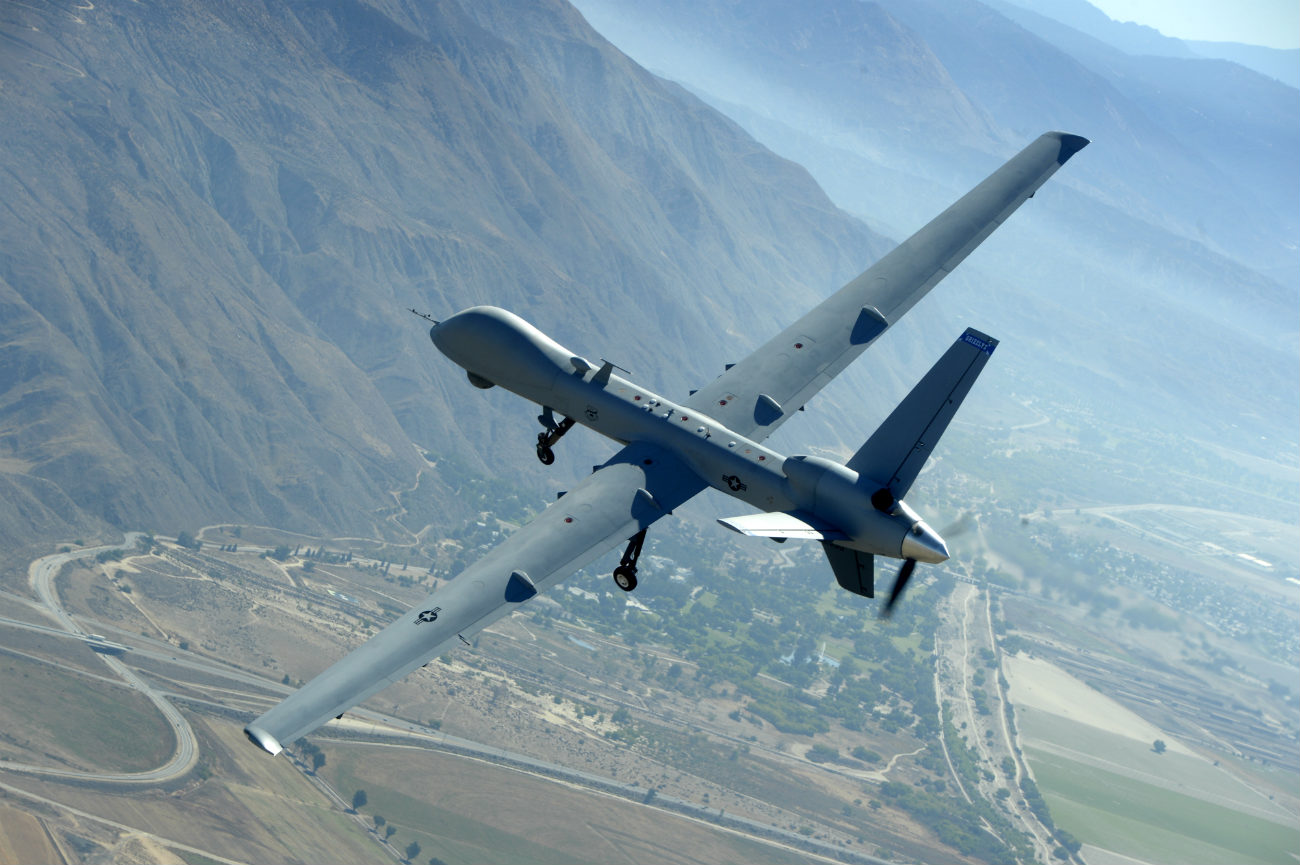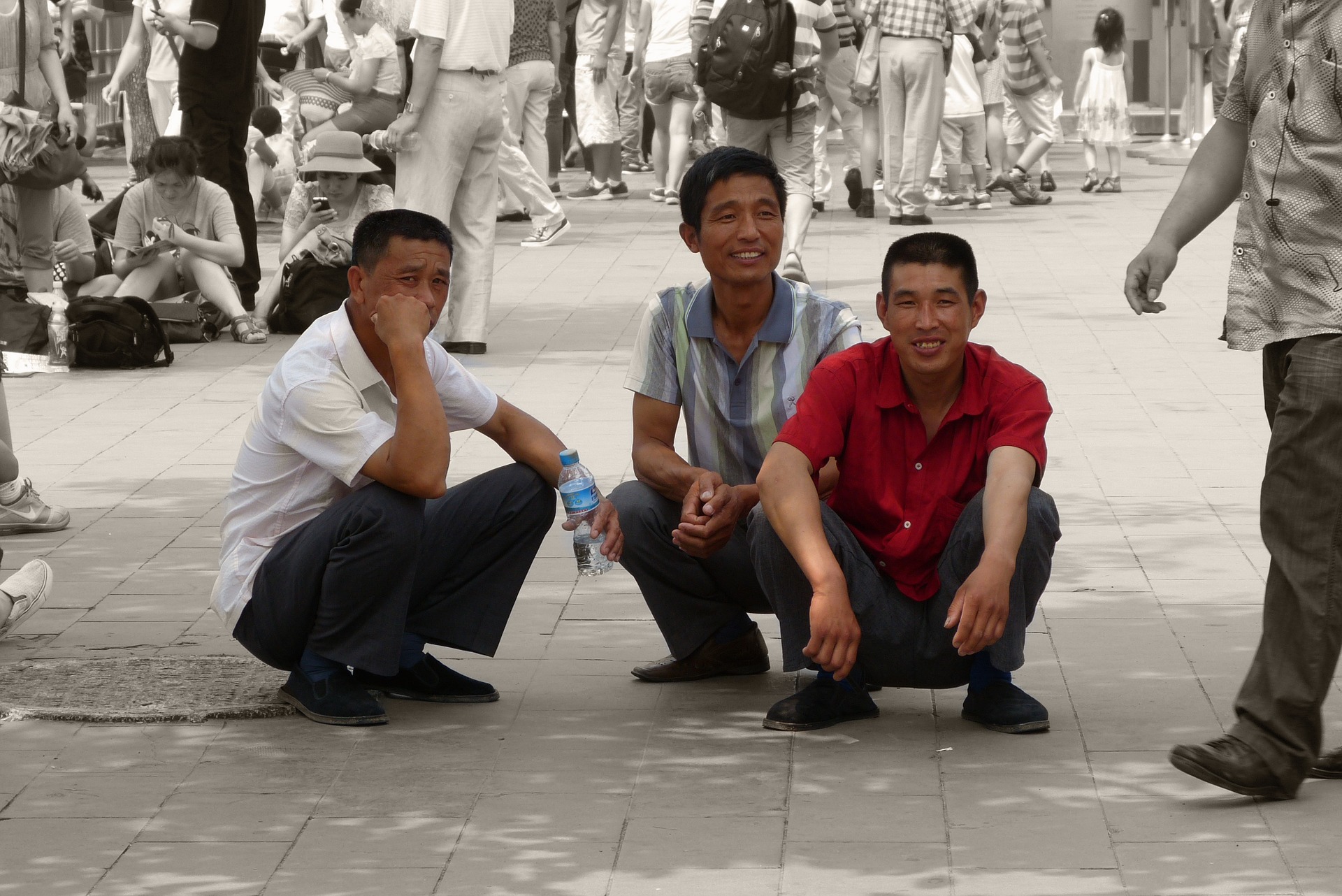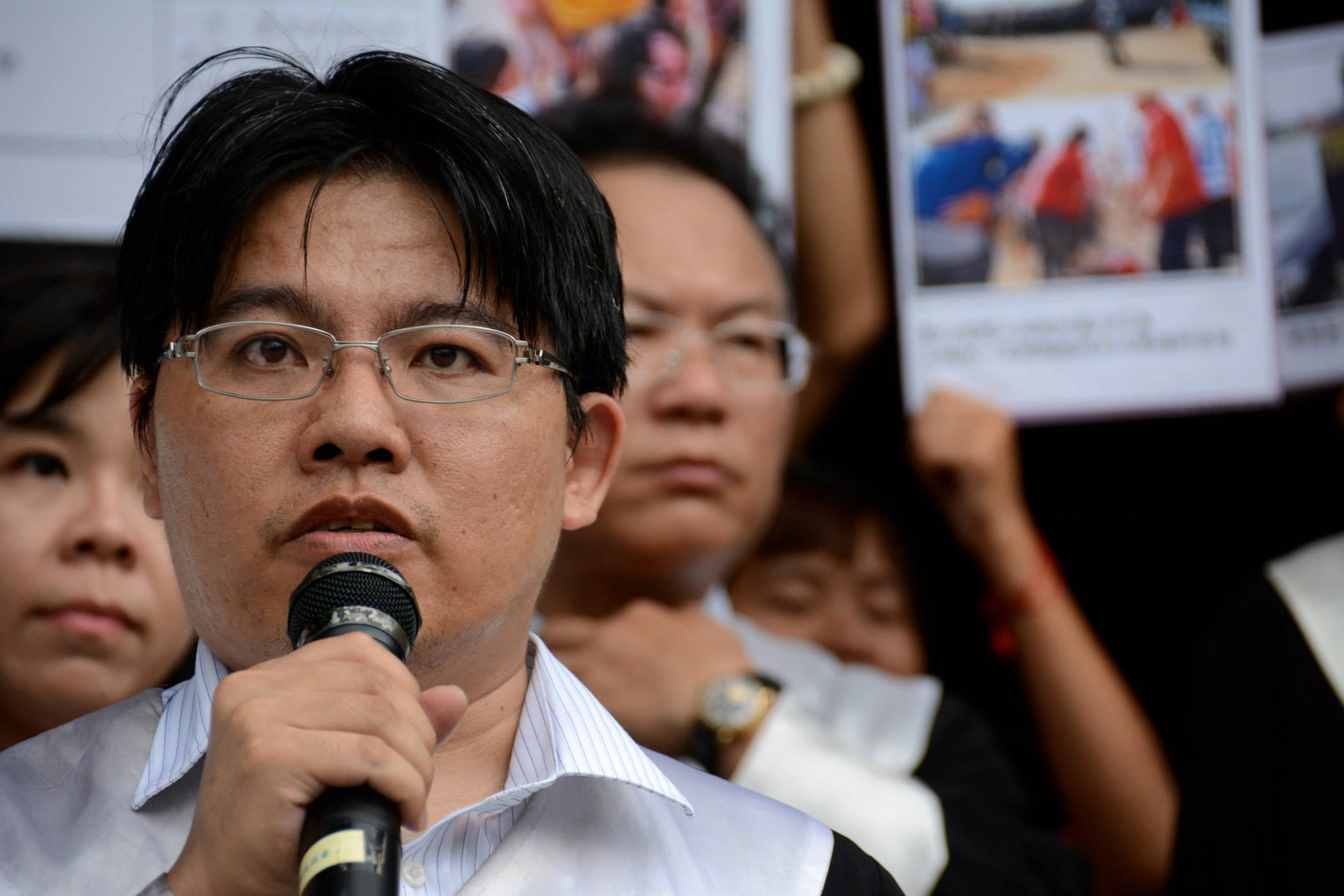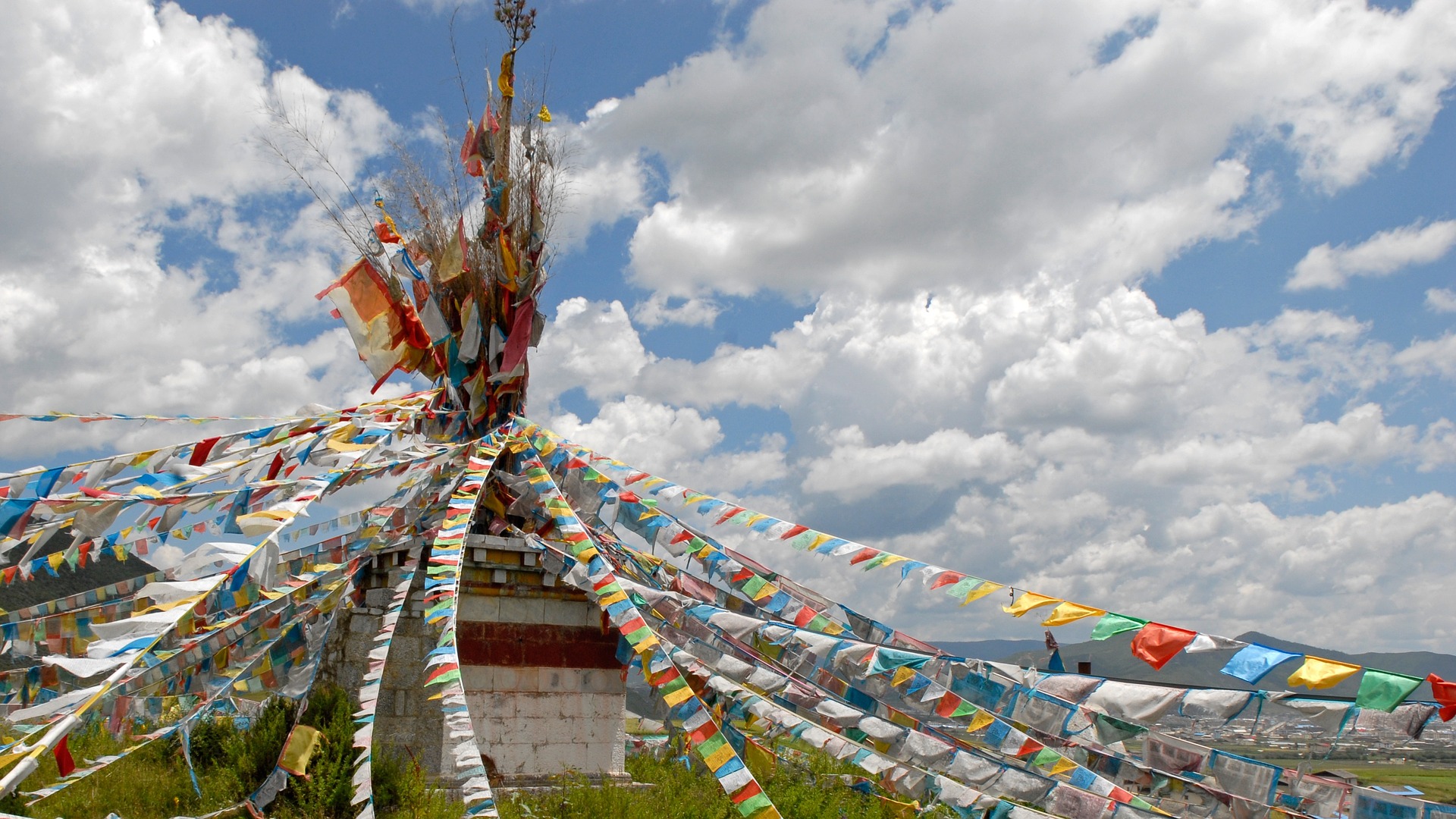Unlike what is often said or written about conflict in the Taiwan Strait, PLA military planners regard the invasion of Taiwan as an immense challenge and expect stiff opposition. A new book analyzes the debate in China, the risks and opportunities for invasion, and what Taiwan can do to better prepare itself against such a scenario.
The cross-Strait standoff is imbued with an aura of inevitability that, according to one version, invariably leads to unification on Beijing’s terms. On the one side, the People’s Republic of China’s (PRC) 9.6 million square kilometers and 1.38 billion people boasts a 2.3-million-person military supported by the wealth of the world’s second-largest economy. On the other side, Taiwan’s 36,000 square kilometers and 23.5 million people are defended by a military force of about 300,000 soldiers, sailors, and airmen. As the doomsayers are proved wrong again about an imminent economic collapse or a political crisis that brings the regime to its knees, the PRC’s rise sometimes appears unstoppable. Taiwan, meanwhile, appears mired in domestic political controversy while the economy treads water. For their part, foreign security analysts tend to add gloom by focusing on the aspects of the cross-Strait military balance that concern them. Too often they emphasize the PRC’s strengths and Taiwan’s weaknesses. Theirs is another story of David and Goliath, but one in which David has not prospects of succeeding.
One might therefore be forgiven for thinking that Taiwan’s continued independence depends solely on whether and when Beijing decides to order the People’s Liberation Army (PLA) to attack to Taiwan and whether the U.S. will come to its assistance. Taiwan’s choices are irrelevant; its future therefore left to fate and the whims of others. This kind of attitude leads to moral and political degeneration, casting a pall of defeatism and opening the door for Beijing’s relentless subversive efforts. It allows the leaders of the Democratic Progressive Party (DPP) and Kuomintang (KMT) to point fingers at each other over national defense rather than fixing the problems that both sides know exist.
Fundamental challenges
Such views, however, are born of ignorance. As Ian Easton, a research fellow at the Project 2049 Institute in Arlington, Virginia, argues in his insightful new book The Chinese Invasion Threat: Taiwan’s Defense and American Strategy in Asia, the practical realities of an amphibious invasion of Taiwan — which would be necessary for an occupation of the island-nation — challenge the PLA in fundamental ways. At every step, the PLA faces logistical bottlenecks, unfavorable geography, bad weather, and tight timetables. The PLA soldiers’ battle will begin well before they land in Taiwan. Taiwan’s military almost certainly will be fully warned and mobilized, and it will begin launching missiles at PLA landing ships.
Some of the biggest challenges of invading Taiwan stem from the island-nation’s geography. Taiwan’s high mountains turn the Taiwan Strait into a wind tunnel, which makes the seas too choppy for landing craft much of the year. From Easton’s research, PLA planners think only two one-month periods in the spring and fall regularly offer calm enough seas for an invasion date to be scheduled. Then there is the question of timing to coordinate forces moving from naval ports varying from 160 km to 400 km away from their beachheads. Taiwan may be an island, but its beaches are largely unsuitable for large-scale amphibious landings. There are perhaps 14 beaches that might be suitable, but, because of the weather and waves, the most likely beaches also are close to the ports of Kaohsiung and Taoyuan to allow heavier ships to ferry supplies over. This geography restricts the operational possibilities against which Taiwan must anticipate and defend against. Moreover, while Beijing may control the timing and tempo of an invasion, the limited options mitigate the effectiveness of the PLA’s preferred deception operations to hide its intended targets.
First, Taiwan will fight to the end. Second, the U.S. and/or Japan will intervene. Third, the PLA assumes any war must be launched and won quickly.
The PLA seems to agree with Easton’s assessment that Taiwan is a hard mission. From the training manuals, internal reference volumes, and other military writings exploited for the book, he identifies three key assumptions of PRC military planners. First, Taiwan will fight to the end. Although this may be just good planning, the assumption suggests the PLA believes it will have to defeat Taiwanese forces on the beaches, in cities, and in the mountains. Second, the U.S. and/or Japan will intervene. This assumption forces the PLA to keep a sufficient reserve to deter intervention. Third, and closely related to the first two, the PLA assumes any war must be launched and won quickly. A swift victory both forestalls foreign intervention and potentially reduces the international consequences of a Chinese invasion. The shorter the war, the faster the international community will try to return their relationships with China to normality.
The PLA’s capabilities currently fall short of being able to execute the campaign according to these assumptions. Today, the PLA cannot fight the war it wants to fight. The best example Easton pulls from Chinese writings are the number of critical targets. The PLA identifies roughly 1,000 targets in Taiwan that should be struck before soldiers hit the beach and explicitly compares them to the 600 critical targets the U.S. listed for Iraq in 1991. However, PRC military thinkers wonder how the PLA could possibly destroy a larger target list than U.S.-led coalition forces, with less firepower.
Taiwan’s responsibility
In many ways, Easton’s technical analysis of how the PRC would invade Taiwan gives lie to Beijing’s claims that only the threat of a U.S. intervention has prevented “national unification,” whether in 1950 or today. In reality, Taiwan’s own defenses have served that purpose. Choice and therefore responsibility still belongs with Taiwan.
Even as the cross-Strait military balance has shifted inexorably in the PRC’s favor, decisions in Taipei still challenge PLA planning. Taiwan’s investment in cruise missiles to strike PRC ships at sea or in port bedevils invasion planning. As one of Easton’s sources noted, “Landing troops will be easily stricken by enemy assaults while moving, assembling, and boarding ships,” and the PLA does not have a ready answer to this challenge. The outcome of the duel between David and Goliath was as seemingly inevitable as a cross-Strait war, but give David a sling and the nature of the duel changes.

Contact between Taiwanese armed forces and their PLA opponents has become more frequent in recent years. Here, a ROCAF F-CK-1 intercepts a H-6K bomber (Photo: Ministry of National Defense)
Being able to disrupt PLA invasion preparations from afar and preventing the PLA from gaining a foothold with the use of port or airport facilities should be at the center of Taiwan’s defense planning. If Taiwan’s armed forces are defeated or surrender, there is little reason to believe that Taiwanese identity will make Taiwan an indigestible province of the PRC. When the PLA has conquered an area, they do not try to win hearts and minds until they have demonstrated the costs of opposition. There is no reason to think that the PLA has developed a stronger moral position or more restraint. Barbarism has a much higher success rate in history than the “hearts and minds” approaches. This is not the part of the conflict that Beijing or the PLA is worried about. And this is an avoidable outcome.
Reasonable people can disagree on how best to defend Taiwan, but Easton has offered a powerful, firmly grounded antidote to the complacency in many quarters. The Chinese Invasion Threat is a must-read for those who care about Taiwan’s sovereignty. Taiwan’s military weaknesses are well-known and well-understood, as are the vulnerabilities to Chinese intelligence and subversive operations. Taiwan’s political leaders on both sides of the green-blue divide have a responsibility, because their choices matter for the island-nation’s future and whether the Taiwanese people get to choose that future.
Top photo courtesy of the Ministry of National Defense Spokesman’s office 國防部發言人
You might also like
More from Book Reviews
Lawyer, Advocate, Activist: Chiu Hsien-chih’s Vision for Justice in Taiwan
In his book ‘Stand By You,’ human rights lawyer Chiu Hsien-chih examines major human rights cases, problems with Taiwan’s legal …
New Book of Tibetan Short Stories Challenges China Narrative
‘Old Demons, New Deities’ will resonate in Taiwan, a country that, like Tibet, is torn between the competing realities of …









